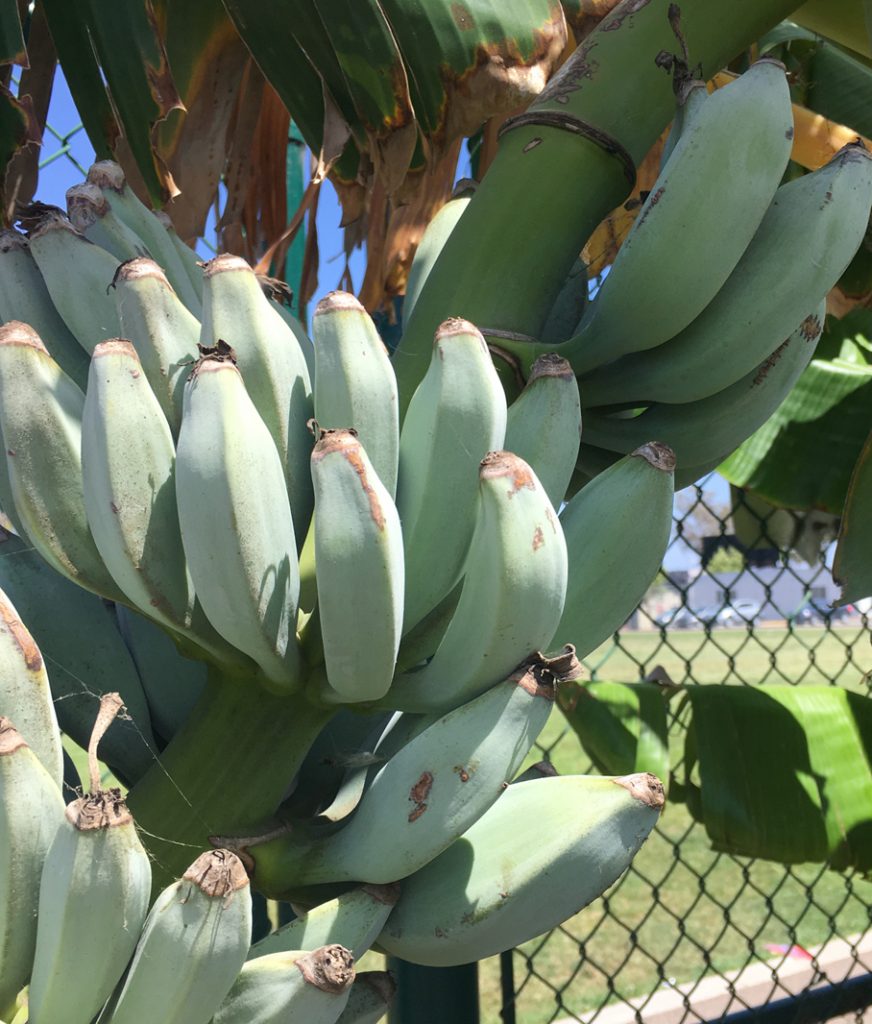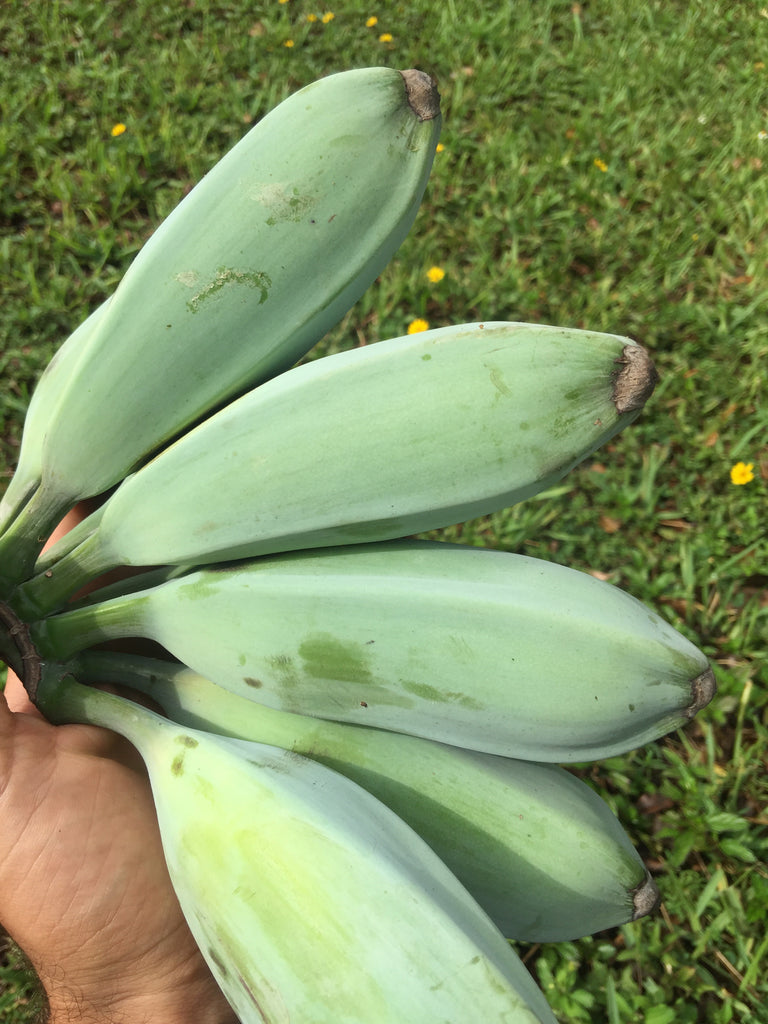
Common pests include aphids, spider mites, and mealybugs, while common diseases include Panama disease and Sigatoka leaf spot. Pests and diseases: Banana plants are susceptible to a variety of pests and diseases, so it's important to monitor the plant regularly for any signs of infestation or disease.

This will help promote healthy growth and prevent disease. Pruning: Remove any dead or damaged leaves and suckers (smaller offshoots that grow from the base of the plant) regularly. Mulching: Mulch around the base of the plant to help retain moisture and suppress weeds. Apply a balanced fertilizer every 4-6 weeks during the growing season. Overwatering can cause the roots to rot.įertilizer: Banana plants are heavy feeders and require regular fertilization. Keep the soil moist, but not waterlogged. Watering: Banana plants require regular watering, especially during the growing season. A pH range of 5.5-7.0 is ideal for optimal growth. Soil: Banana plants prefer well-drained soil that is rich in organic matter.
Blue java banana tree buy full#
Slightly sensitive to wind except for some varieties like the Edible Honduran and the Australian Hybrid.įrost tender, except for some varieties like the Edible Honduran and the Australian Hybrid.Sunlight: Banana plants thrive in full sun, so it's best to plant them in an area that receives at least 6-8 hours of direct sunlight per day. Also, mix compost into the soil annually to raise the level of organic matter. They typically have poor tolerance for salt in the soil.Īpply a balanced fertilizer regularly throughout the growing season. Well drained fertile soil and slightly acidic. Avoid overwatering in winter, which can cause root rot. Water regularly to make sure the soil stays evenly moist but not soggy.

They do best when planted in groups fairly close together, as this helps to retain moisture in the leaves. Need a lot of water and plenty of moisture in the air. Some varieties can scorch easily and will do better in partial shade.

Most types of bananas plants prefer to grow in full sun meaning at least six hours of direct sunlight most days.

We don't have many of them so grab them now to avoid any disappointment.ĮASTER SALE - offers only available for the Small size plant! You only need to buy one to enjoy this rare beauty and once it takes off you will get more pups from it. The plant can grow vigorously in NZ conditions and relatively productive. These fruits are a hybrid of two other kinds of bananas, namely Musa balbisiana and Musa acuminata. Interestingly enough, these bananas are cold tolerant and can grow even at temperatures below freezing point. They are primarily grown in the Southeast Asian region but are also quite well-known in Hawaii. The bananas themselves are fluffier and creamier than your typical banana.īlue Java bananas are quite rare and are not found everywhere.
Blue java banana tree buy full size#
Note that this is a real banana plant that will grow into full size plant and fruit and it is not an ornamental banana.īlue Java Bananas are known as "ice cream bananas" because they have a creamy texture and flavor that's oddly reminiscent of vanilla custard. You got to be the real collector of rare plants to appreciate it. South Georgia & South Sandwich Islands (GBP £)Ī highly sought after banana plant.


 0 kommentar(er)
0 kommentar(er)
